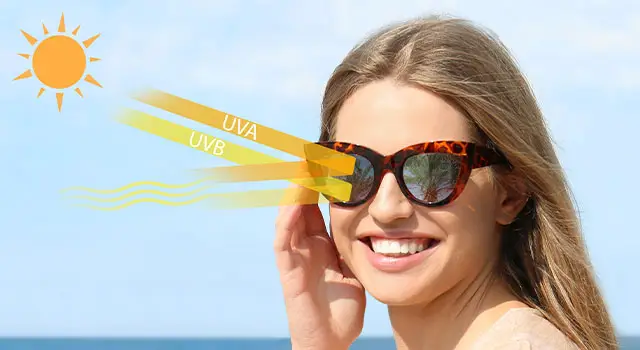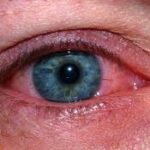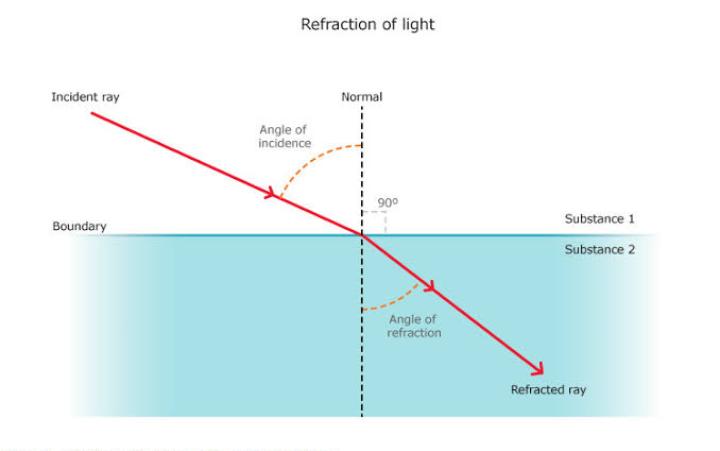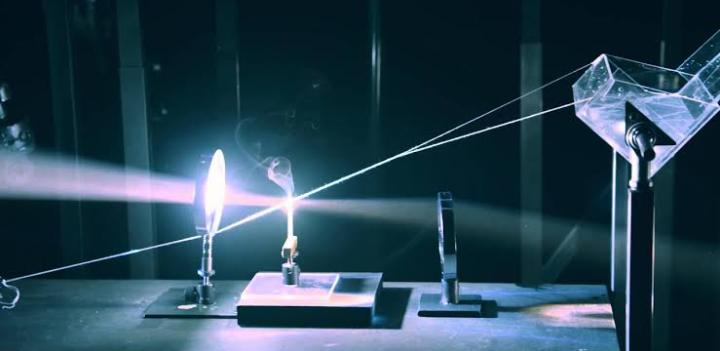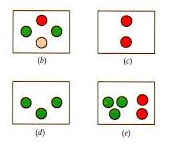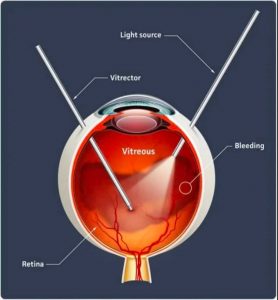INTRODUCTION:
Stepping outside on a bright sunny day without sunglasses feels like squinting your way through life. But beyond the immediate discomfort, there’s something much more serious happening – invisible ultraviolet rays are constantly hitting your eyes, potentially causing damage that builds up over years.
I remember my grandmother always telling me to wear sunglasses, but like many people, I thought they were just a fashion accessory. It wasn’t until I learned about a friend’s early cataract diagnosis that I realized how wrong I was. UV protection isn’t just about comfort; it’s about preserving your vision for decades to come.
Understanding UV Rays and Eye Damage
What Are UV Rays?
Ultraviolet radiation comes from the sun in three main types, though only two affect us here on Earth. UV-A rays make up about 95% of the UV radiation that reaches us and can penetrate deep into the eye. UV-B rays are more intense but mostly get absorbed by the Earth’s atmosphere – however, the portion that does get through packs a serious punch.
Think of UV rays like invisible arrows constantly shooting toward your eyes. You can’t see them, feel them immediately, or dodge them, but they’re always there when you’re outdoors.
How UV Rays Damage Your Eyes
Your eyes are incredibly delicate, and UV exposure affects different parts in different ways. The cornea, which is like your eye’s front window, can get sunburned just like your skin. This condition, called photokeratitis, feels like having sand in your eyes and can happen after just a few hours of intense sun exposure.
The lens inside your eye can also suffer long-term damage. Over many years, UV exposure contributes to the formation of cataracts – a clouding of the lens that makes vision blurry and dim. What’s particularly concerning is that this damage is cumulative, meaning every unprotected moment in the sun adds up.
The retina, your eye’s “film” that captures images, is perhaps the most vulnerable. UV damage here can contribute to macular degeneration, a condition that affects central vision and is one of the leading causes of blindness in older adults.
Health Risks of UV Exposure to Eyes
Short-term Effects
The immediate effects of UV exposure can be surprisingly painful. Photokeratitis, sometimes called “snow blindness,” can occur within hours of exposure. I’ve experienced this myself after a day at the beach without proper eye protection – it felt like someone had thrown sand in my eyes, and the pain lasted for days.
Pterygium is another short to medium-term effect where tissue grows over the white part of your eye. While usually not dangerous, it can be uncomfortable and may require surgical removal if it grows large enough to affect vision.
Long-term Consequences
The really scary part about UV damage is how it sneaks up on you. Cataracts typically develop slowly over decades, with UV exposure being a major contributing factor. By age 80, more than half of Americans either have cataracts or have had surgery to remove them.
Macular degeneration is even more serious. This condition gradually destroys the sharp, central vision needed for activities like reading and driving. While age is the biggest risk factor, studies consistently show that cumulative UV exposure increases your chances of developing this sight-threatening condition.
There’s also an increased risk of cancers around the eye area. The skin around your eyes is thin and delicate, making it particularly susceptible to UV damage that can lead to skin cancer.
How Sunglasses Provide Protection
UV Filtering Technology
Quality sunglasses work by incorporating special filters into the lens material that block UV rays before they can reach your eyes. These filters can be added during the lens manufacturing process or applied as coatings.
The protection level is measured as a percentage – you want sunglasses that block 99% to 100% of both UV-A and UV-B rays. This information should be clearly marked on the sunglasses or their packaging.
Types of UV Protection
UV 400 Protection: This is considered the gold standard. UV 400 means the lenses block all light rays with wavelengths up to 400 nanometers, which covers all UV-A and UV-B radiation.
Polarized Lenses: While polarization primarily reduces glare from reflective surfaces like water or pavement, many polarized lenses also include UV protection. However, polarization alone doesn’t guarantee UV protection, so always check the specifications.
Photochromic Lenses: These lenses automatically darken in bright sunlight and clear up indoors. Most photochromic lenses include excellent UV protection, making them a convenient option for people who don’t want to switch between regular glasses and sunglasses.
Choosing the Right Sunglasses
Key Features to Look For
When shopping for sunglasses, the most important feature isn’t the brand name or price tag – it’s the UV protection rating. Look for labels that say “100% UV protection,” “UV 400,” or “100% protection against UV-A and UV-B.”
The size and style of the frames matter more than you might think. Wraparound styles or larger lenses provide better coverage, preventing UV rays from sneaking in around the sides. I learned this lesson the hard way when I got sunburned around my eyes despite wearing small, fashionable sunglasses that left gaps.
Common Misconceptions
One of the biggest myths is that darker lenses provide better UV protection. The truth is that UV protection comes from invisible chemical filters, not the darkness of the tint. I’ve seen expensive, very dark sunglasses that provided virtually no UV protection, while some lighter-tinted lenses offered complete protection.
Price doesn’t always indicate protection level either. You can find excellent UV protection in reasonably priced sunglasses, while some expensive designer pairs focus more on style than protection. Always check the UV rating regardless of the price.
Another misconception is that you only need sunglasses on sunny days. UV rays can penetrate clouds, and reflection off snow, water, or sand can actually increase your exposure. Some of the worst eye sunburns happen on overcast days when people think they’re safe.
Special Considerations
Children’s Eye Protection
Kids’ eyes are actually more vulnerable to UV damage than adults’ eyes because their lenses are clearer, allowing more UV rays to reach the retina. Yet children often resist wearing sunglasses, seeing them as uncomfortable or unnecessary.
Making sunglasses fun and comfortable for kids is crucial. Look for flexible frames that can withstand rough play, and let children pick styles they think are cool. Starting this habit early protects their vision and establishes good sun safety practices for life.
High-Risk Environments
Certain environments dramatically increase UV exposure. Snow reflects up to 80% of UV rays, essentially giving you a double dose of radiation. Water reflects about 10-15%, while sand reflects about 15%. If you’re spending time in these environments, wraparound sunglasses become even more important.
High altitudes also increase UV exposure. For every 1,000 feet above sea level, UV exposure increases by about 4%. Mountain climbers and skiers face particularly intense UV exposure from both direct sunlight and reflection.
People who work outdoors – construction workers, farmers, lifeguards, and others – face cumulative UV exposure that far exceeds the average person’s. For these individuals, quality UV protection isn’t just recommended; it’s essential for long-term eye health.
Maintaining Your Eye Health
Beyond Sunglasses
While sunglasses are your primary defense against UV rays, they’re part of a broader eye health strategy. Wide-brimmed hats provide additional protection, blocking UV rays that might otherwise reach your eyes from above.
Regular eye exams are crucial for detecting UV-related damage early. Many eye conditions develop gradually and without obvious symptoms until they’re advanced. An eye care professional can spot early signs of UV damage and recommend additional protective measures.
Making Protection a Habit
The key to effective UV protection is consistency. Keep sunglasses in your car, your bag, and by your front door. Make putting them on as automatic as buckling your seatbelt when you get in the car.
I’ve found that having multiple pairs of sunglasses makes it easier to always have protection available. A pair in the car, one at work, and another at home means you’re never caught without protection.
CONCLUSION
Your eyes are irreplaceable, and UV damage is largely preventable with the right protection. Quality sunglasses that block 99-100% of UV rays are one of the best investments you can make in your long-term health. Don’t wait until you notice problems – start protecting your vision today, because the damage you prevent now will benefit you for the rest of your life.

